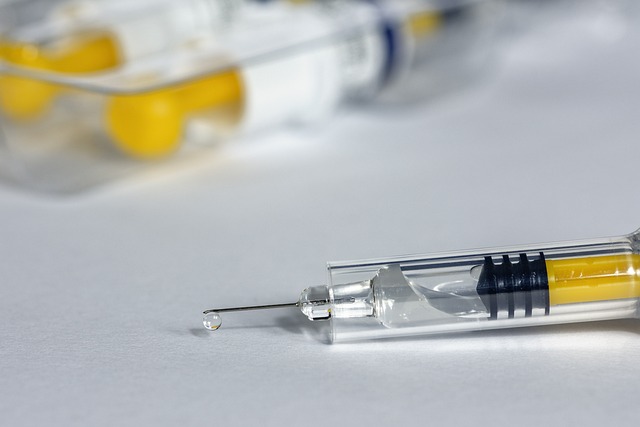A large trial of the first vaccine against the chikungunya virus obtained promising results, according to a study published in the journal The Lancet. It is known as VLA1553 and requires a single application.
For the new phase III trial, more than 4,100 healthy adults were inoculated in the US, where the virus is not endemic. 99% of patients generated antibodies capable of neutralizing it, according to the study.
"This could represent the first vaccine against chikungunya fever for people living in endemic regions, as well as for travelers," explained Martina Scheider, head of clinical strategy at the French company Valneva (producer of the vaccine) in a statement. The company He assures that the US authorities could give the green light to this product in August.
Chikungunya fever, detected so far in 115 countries since its discovery in Tanzania in 1952, causes fever and joint pain, and rarely has fatal effects. Like dengue, it is transmitted to humans through Aedes mosquitoes . There is still no specific medicine for this disease which, according to the World Health Organization (WHO), could spread due to climate change.
Summary of the original article
Context
VLA1553 is a live attenuated virus vaccine candidate for active immunization and prevention of disease caused by chikungunya virus. We report safety and immunogenicity data up to 180 days after vaccination with VLA1553.
Methods
This phase 3, double-blind, multicenter, randomized trial was conducted at 43 vaccination sites in the U.S. Eligible participants were healthy volunteers over 18 years of age. Patients with a history of chikungunya virus infection were excluded; arthritis or arthralgia; immune-mediated or chronic; or defects (known or suspected of the immune system); patients any inactivated vaccine received within 2 weeks prior to vaccination with VLA1553, or any live virus vaccine received within 4 weeks prior to vaccination with VLA1553. Participants were randomized (3:1) to receive VLA1553 or placebo.
The primary endpoint was the proportion of participants negative at baseline with a level of seroprotective antibodies against chikungunya virus defined as a 50% plaque reduction on a microplate reduction neutralization test (μPRNT) with a titer of μPRNT50 of at least 150, 28 days after vaccination.
The safety analysis included all individuals who received the vaccination. Immunogenicity analyzes were performed in a subset of participants at 12 preselected study sites. These participants were required to have no major protocol deviations to be included in the per-protocol population for immunogenicity analyses. This trial is registered with ClinicalTrials.gov, NCT04546724.
Development
Between September 17, 2020 and April 10, 2021, 6,100 people were assessed for eligibility. 1972 people were excluded and 4128 participants were recruited and randomized (3093 to VLA1553 and 1035 to placebo). 358 participants in the VLA1553 group and 133 participants in the placebo group discontinued before the end of the trial. The per protocol population for immunogenicity analysis comprised 362 participants (266 in the VLA1553 group and 96 in the placebo group).
After a single vaccination, VLA1553 induced seroprotective chikungunya virus neutralizing antibody levels in 263 (98.9%) of 266 participants in the VLA1553 group (95% CI 96.7–99.8; p<0.0001) 28 days after vaccination. vaccination, regardless of age. VLA1553 was generally safe with an adverse event profile similar to other licensed vaccines and equally well tolerated in young and older adults.
Serious adverse events were reported in 46 (1.5%) of 3082 participants exposed to VLA1553 and eight (0.8%) of 1033 participants in the placebo arm. Only two serious adverse events related to VLA1553 treatment were considered (a mild myalgia and a syndrome of inappropriate antidiuretic hormone secretion). Both participants made a full recovery.
Interpretation The strong immune response and generation of seroprotective titers in almost all vaccinated participants suggests that VLA1553 is an excellent candidate for the prevention of disease caused by chikungunya virus. |
Funding: Valneva, Coalition for Epidemic Preparedness Innovation and EU Horizon 2020.
















